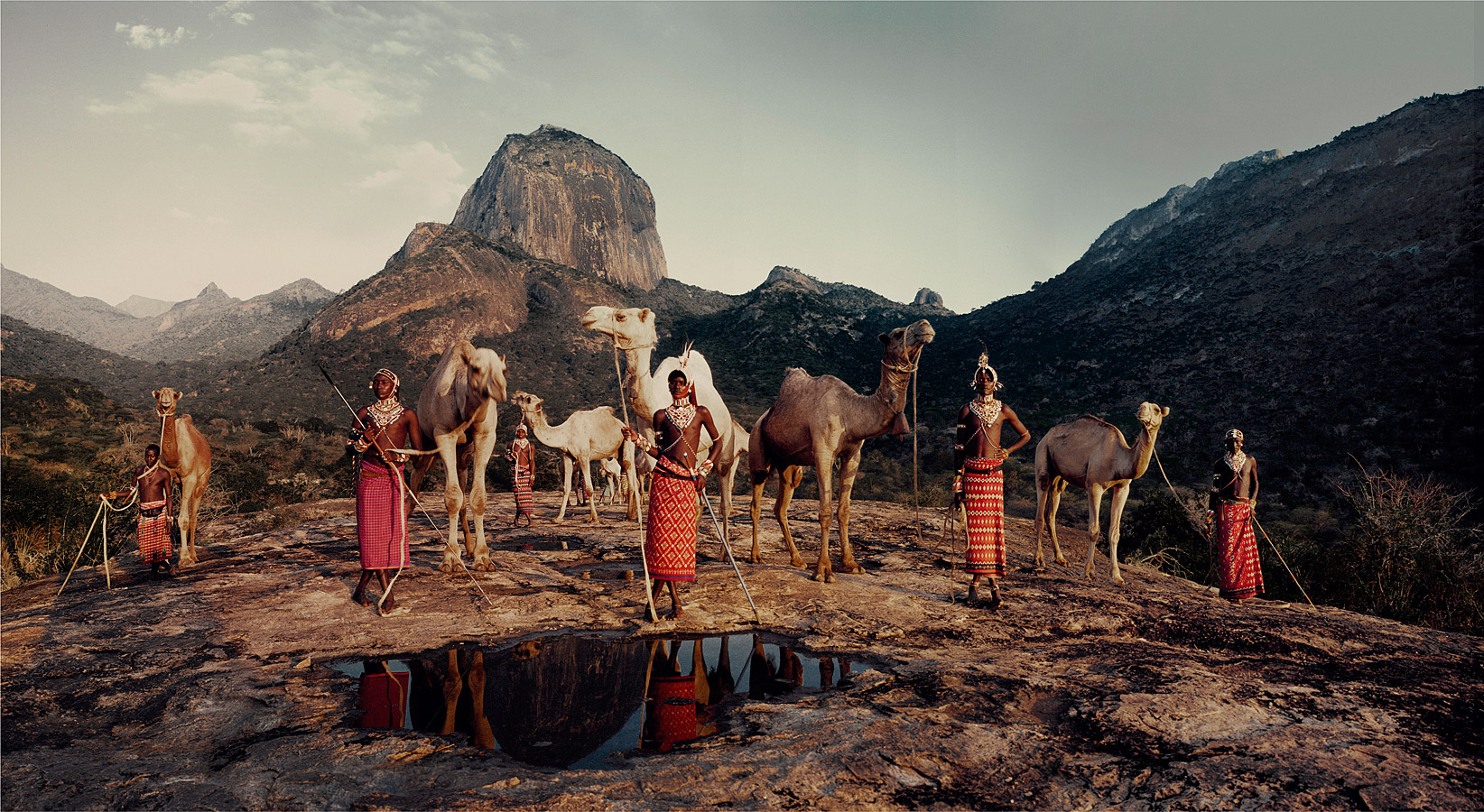
Image credit: beforethey.com
In my last post I wrote about viral internet photo collections of people from around the world with their possessions. Perhaps because of these photos, or perhaps because of a general cultural zeitgeist, another much older genre of ethnographic portraiture has been receiving renewed attention on the web: portraiture of “tribespeople” from around the world. The most prominent series in the revival of this genre seems to be Before They Pass Away, a long-term project from British-born photographer Jimmy Nelson.
Nelson’s absolutely stunning images feature 15 million people from 29 tribes on five continents. On Nelson’s website, he describes himself as a “photographer of indigenous people,” having begun his life’s work in 1987 photographing the people of Tibet. According to the project website, Before They Pass Away is the product of a long term effort to capture the “natural authenticity” of these tribes. “The purity of humanity exists,” the website tells us. “Jimmy Nelson found the last tribesmen and observed them. He smiled and drank their mysterious brews before taking out his camera. He shared what real people share: vibrations, invisible but palpable.” Throughout Nelson’s site, one finds a rhetoric of essentialism not unlike that present in Edward Steichen’s Family of Man. (For more on that, see my previous post in which I also discuss Barthes’ critique of that same essentialism in his essay “The Great Family of Man”.)
Nelson’s ultimate goal, to create “an ethnographic record of a fast disappearing world,” brings to mind an even older body of work: Edward Curtis’s The North American Indian (1907-1930). In purporting to document a “disappearing” world, Nelson is directly engaging with the propaganda of the Vanishing Indian, which was popularized by Curtis’ work.
In the foreword to The North American Indian, Volume 1, Theodore Roosevelt writes,
“Our generation offers the last chance for doing what Mr. Curtis has done. The Indian as he has hitherto been is on the point of passing away. His life has been lived under conditions through which our own race passed so many ages ago that not a vestige of their memory remains. It would be a veritable calamity if a vivid and truthful record of these conditions was not kept.”
The persistent trope of the Vanishing Indian perpetuated violence and genocide in the Americas by perpetuating the myth that the struggle over land, rights, and sovereignty was over. Today, how has the trope of the Vanishing Indian been reinterpreted and expanded by Nelson?
Both Nelson and Curtis place indigenous cultures within the folds of Western European culture. Where Roosevelt referred to American Indians as a sort of time-capsule (still in an epoch which “our own race passed”), Nelson side-steps that teleology by favoring a more general connection --“if they pass away, a part of ourselves will too,” the website says. In Curtis’ book, statements of common humanity seem deployed to infer that the consequences of modernization are tragic, but ultimately beneficent. In Nelson’s case, however, we see a pluralism of a more 21st century variety. Nelson’s essentialism seems deployed to infer that people who rely heavily on natural resources are being “pushed out” of their way of life and their very existence by forces such as global warming. Where Curtis has been read by some as an apologist for genocide, Nelson’s “vanishing tribespeople” might be read as part of a warning against the increasing ripples of eco-catastrophes we’ve been witnessing in recent years.
The comparison of the two photographers is of course complex, and this post is only intended as a jumping off point for a more nuanced discussion.

Recent comments
2 years 29 weeks ago
2 years 44 weeks ago
2 years 44 weeks ago
2 years 50 weeks ago
3 years 4 weeks ago
3 years 4 weeks ago
3 years 4 weeks ago
3 years 6 weeks ago
3 years 6 weeks ago
3 years 6 weeks ago